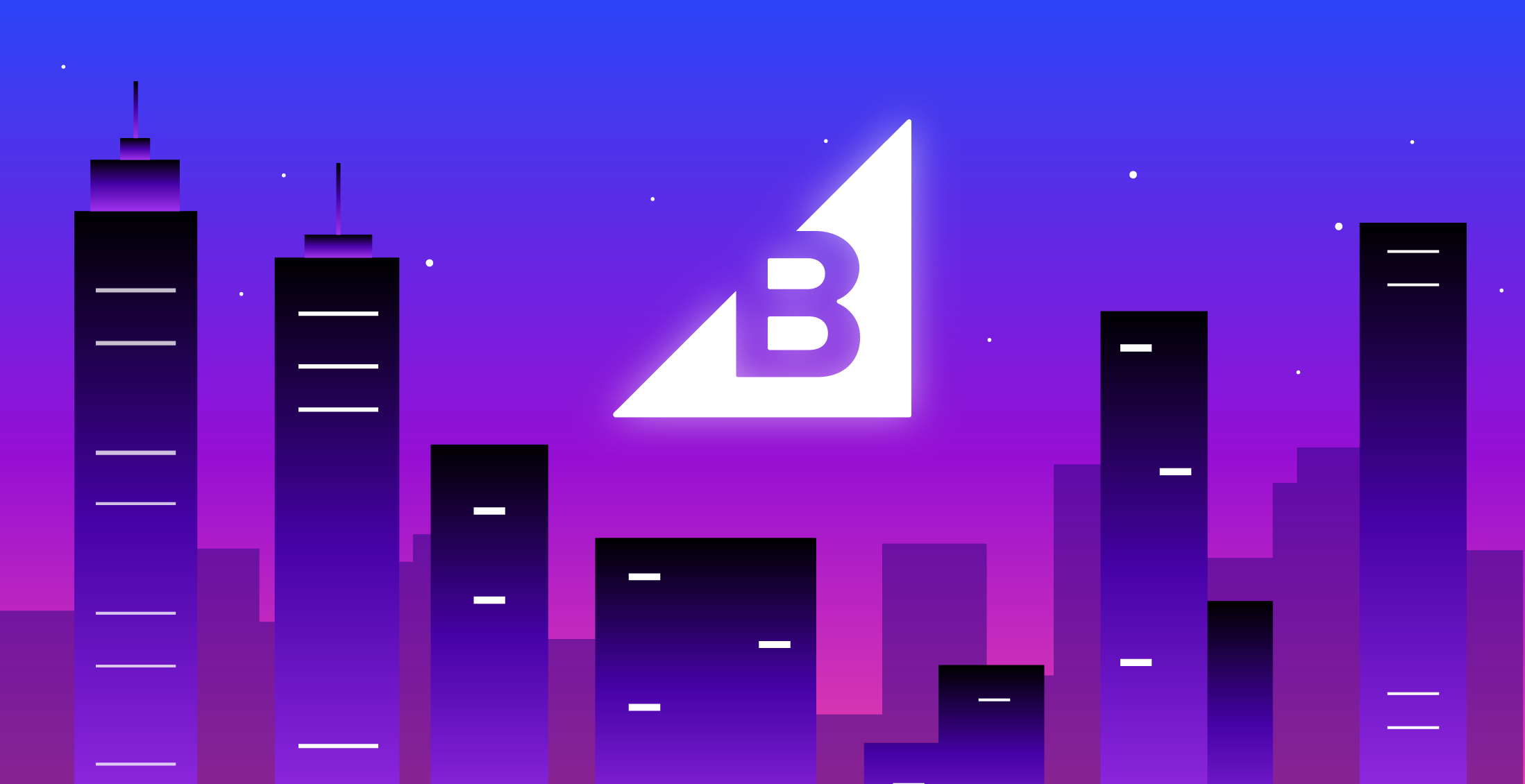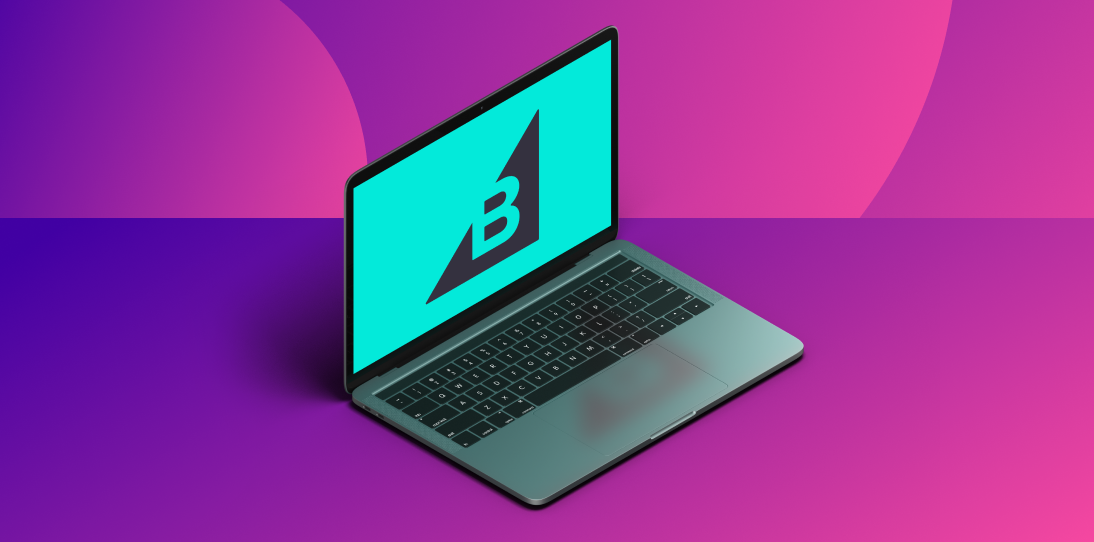- Enterprise
- Essentials
Frontend-as-a-Service Enables Ecommerce Sites to Grow and Scale Quickly

Software-as-a-Service (SaaS) has expanded its philosophy to take over other parts of the tech stack, including infrastructure, platforms and even frontends.
Frontend-as-a-Service is gaining popularity with ecommerce providers and headless commerce adopters and stands to become more of a standard as headless ecommerce becomes the norm.
Strictly speaking, FaaS — or FEaaS — means creating a frontend that is its own, autonomous system or app. Developers use third-party tools and an API-first philosophy to compile the best components into the right solution for their needs, with the frontend living in the cloud.
It’s an ideal solution for ecommerce platforms looking to create high-performing customer experiences.
Gartner believes that in 2023, half of all new commerce functions will be handled by -aaS approaches. For ecommerce, frontends are the, well, front porch of your business and a FaaS standard stands to be the best way to create curb appeal and a quality customer journey.
FaaS vs. Traditional Web Development
Though there are some shared skills needed, FaaS is a little more specialized versus the traditional approach to web development.
Basics of Frontend-as-a-Service.
For commerce platforms, FaaS is a composable commerce solution, allowing sites to use cloud-based tools to build out the frontend. These are typically tied to a headless CMS, are solution-specific and are highly customizable to fit within most tech stacks.
These modules are pre-built, meaning that most development time is spent on customizing the tool to fit in with other systems.
Basics of Traditional Web Development.
Traditionally, most ecommerce storefronts were built as monolithic systems, or a single, unified stack. It was effective for its time, but as customer expectations rose, this approach struggled to keep up with the demands for new functionality.
It’s built so that the frontend and backend are closely connected, meaning changes to one will impact the other.
Key differences between FaaS and Traditional Web Development.
FaaS systems are designed to be malleable and scale quickly, as is necessary. By taking advantage of microservices and APIs, FaaS approaches are able to better provide customers what they want and how they want it.
Monolithic systems can’t always do this, limiting an ecommerce platform’s functionality due to technical limitations.
Replatforming Guide: A Roadmap for Migrating Your Ecommerce Store
Make your ecommerce replatforming project a success with our step-by-step guide filled with best practices from enterprise migration experts.
Download NowWhy Frontend-as-a-Service Solutions Help Growing Sites
For startups or growing ecommerce websites with needs to shift and scale quickly, FaaS is an obvious choice. The flexibility and capacity to make sudden changes in response to market changes makes this approach the superior one.
Reduced development cost.
By using SaaS providers, you’re only paying for what you need. You’re able to pick and choose what modules and tools are most important, with full clarity on what you’re getting for your investment. It reduces waste, which can happen with older monolithic systems.
Increased productivity.
Monolithic systems feature notoriously slow development times. Tightly integrated systems mean that any change impacts the whole ecosystem. FaaS removes this barrier and greatly reduces the time to market for new sites or new features.
For growth ecommerce sites, this is highly valuable.
Improved scalability.
By living in the cloud, FaaS approaches have access to greater server power and storage to ramp up services on demand.
For instance, if a company has a product that goes viral, the ability to ensure that a site serves much greater traffic could mean millions of dollars. FaaS also future-proofs your business and makes it easier to adjust to needs and requirements you don’t even know about right now.
The future of applications is unknown, but you’ll at least be prepared for what comes next.
Design tools.
By leveraging best-in-class solutions, you’re taking advantage of the best design tools available. You’re getting SaaS solutions that are optimized for web and omnichannel ecommerce and provide the best user experience.
Support services.
Best-in-breed FaaS solutions have robust customer success teams that will help you get the most out of your investment. If you’re having a technical issue or want to see how other sites are leveraging their tool, there is support to help you on your journey.
Frontend-as-a-Service Limitations to Watch Out For
Not every FaaS provider is the same. You’ll need to fully vet each to determine the best for your needs, including for the below limitations.
Dependence on the Frontend-as-a-Service provider.
Vendor lock-in is a concern and should not be an issue with most providers. However, if a provider makes it a significant burden to leave, that’s a red flag and should be a mark against that tool.
Limited customization options.
A good tool should allow you to customize just about anything. One of the advantages of the FaaS approach is to be able to display your products as you see fit. Any tool that doesn’t allow this probably doesn’t need to be a part of your tech stack.
Picking a Frontend-as-a-Service Provider
Not all FaaS platforms are built the same. Some may excel in some features — that you don’t need at all. Some may be weaker in what you absolutely need, but have other features that make up for it. A deep dive into vendors is vital before making a decision.
Identify your frontend needs.
This process starts with a critical look at your own online store. What is your current setup not providing that a FaaS vendor will? What additional features do you need? What other systems does the frontend need to interact with? What about the user interface? Do a full deep dive into the existing site and determine what’s missing and why certain missing functions should be included.
Compare FaaS providers and evaluate their documentation.
Before even engaging with vendors, compile a list of potential providers and get as much of an understanding as you can from publicly available information. Perform a SWOT (strengths, weaknesses, opportunities, threats) on each to determine which are capable of meeting your specific requirements.
Test FaaS providers’ support teams by asking them questions.
Customer success and support teams should be the subject matter experts on their products and be able to answer general and technical questions about how their tool will work within your tech stack and how to optimize it. This is an opportunity to bring clarity to the process. Take advantage of it.
Sign up for a free trial (if they have one).
If there’s a free trial, by all means take advantage of it and see how the tool works with your ecosystem. Fully test it in a closed environment to at least get a reasonable idea of how the platform will perform. If there are pre-built templates, now is the time to test them.
The Future of Frontend-as-a-Service
Anyone involved in technology understands how quickly products evolve. What is true now may not be as true in a year. However, there are some trends to be aware of as FaaS becomes the preferred option for ecommerce businesses.
Increased awareness and adoption.
More and more ecommerce sites are adopting FaaS as the preferred approach due to ease of development and content management. As more and more sites are experiencing success with FaaS vendors, their peers (and competitors) are jumping on the bandwagon as well.
Optimized scalability.
The capacity to scale isn’t enough. You need to be able to scale smartly. FaaS makes it easier to expand business, without taking on burdensome costs and straining resources.
Improved security.
Security is top of mind for any IT practitioner. New FaaS tools are built with the best security options and existing platforms are adding additional layers to keep up. The end result is a better and more secure website.
The Final Word
Frontend-as-a-Service is increasingly becoming how successfully ecommerce companies present their products to customers. The advantages of this approach far surpass the pain points of implementation, setting up sites for long-term success.
Though FaaS may or may not be the best option for your needs, it should at least be examined thoroughly to determine if it’s the best fit.
FAQs About Frontend-as-a-Service
Is FaaS worth the investment?
Often, yes. Though there are initial costs associated with software development and deployment, gains in productivity often make the tool pay for itself.
Can I use FaaS for my existing website?
Most likely. FaaS systems are designed to be flexible and malleable to fit into any framework or tech stack. Before making major changes to your frontend experience, make sure to fully research all your options to determine which is best for you.
You should be fully aware how it will work with other SaaS solutions like a CRM or checkout tool.
What is a frontend in website development?
Frontend development works on the public facing part of the website that customers interact with. It displays content and forms the digital experience.
What is a backend in website development?
The backend is the server-side part of an ecommerce store where the development team works with things like databases, security, javascript and other functions customers do not see.



